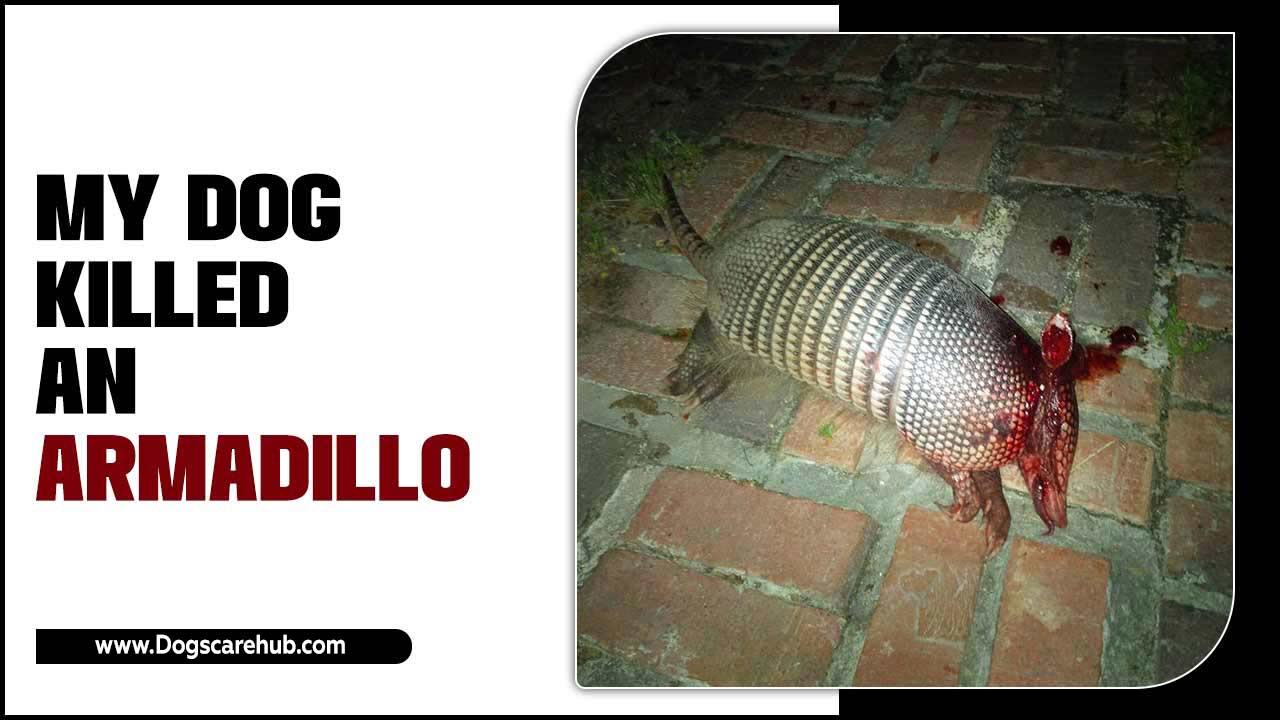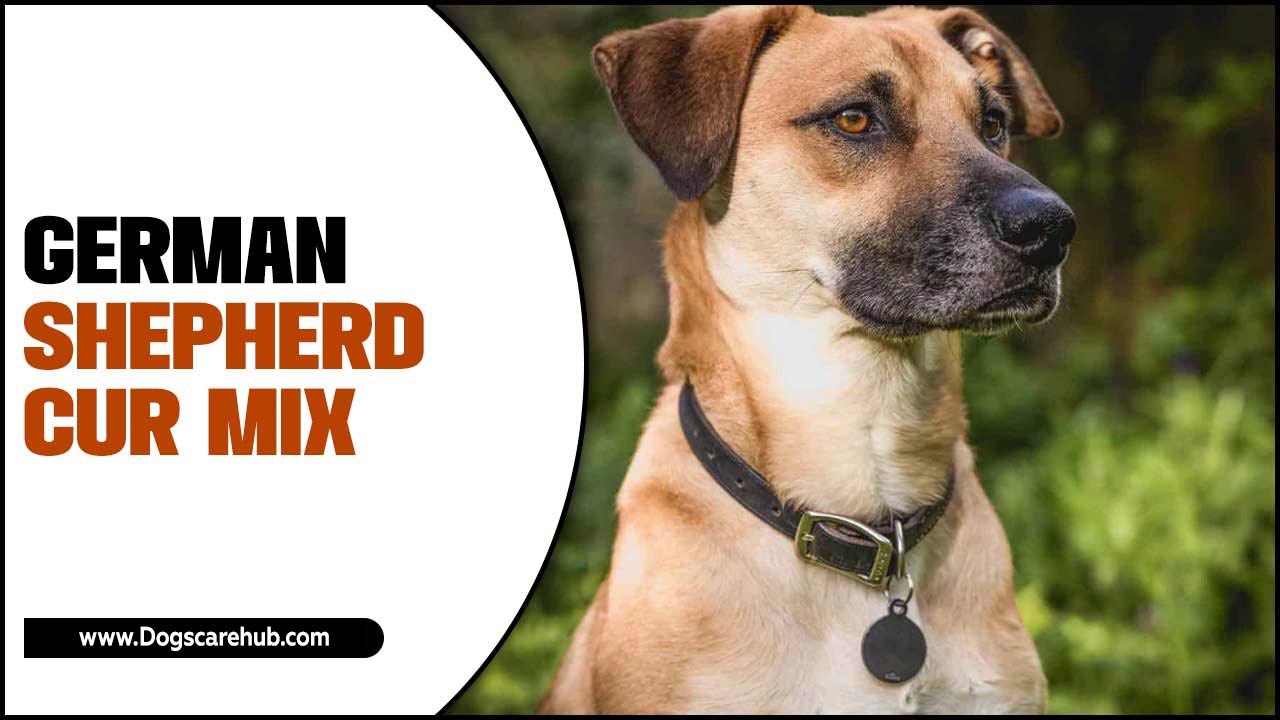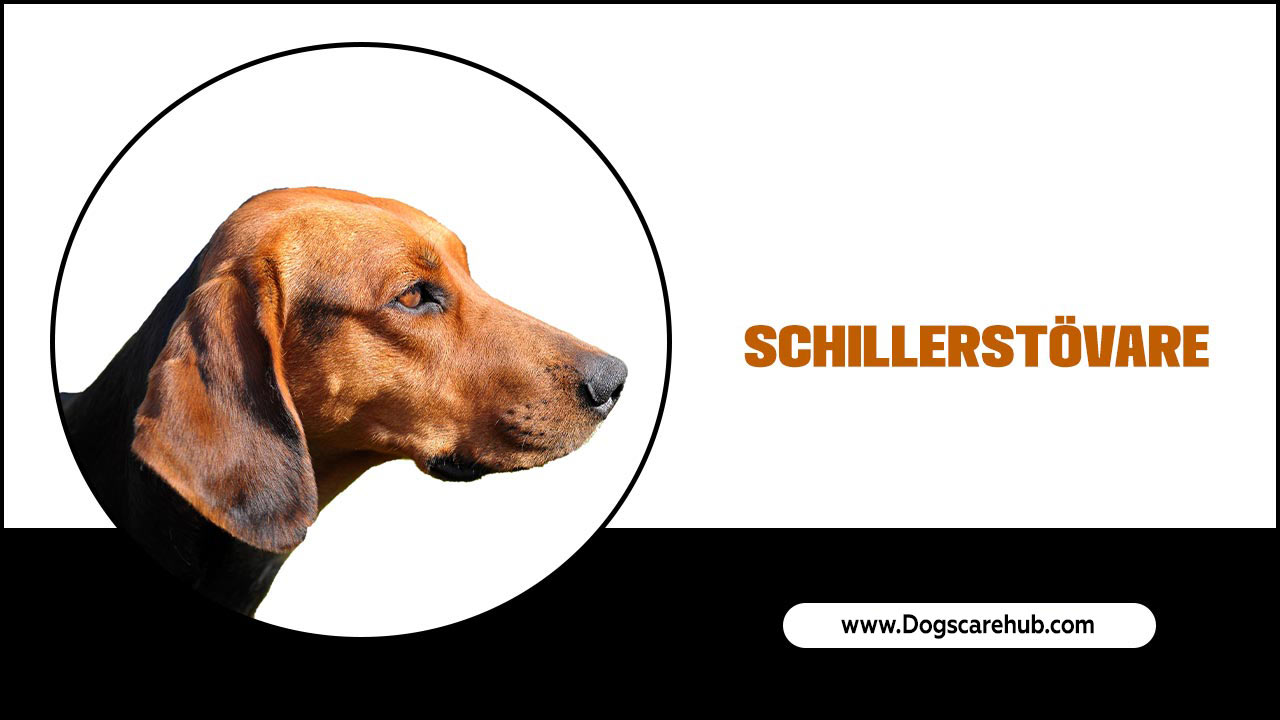Aggressive dog behavior advice is a crucial topic for any dog owner, as understanding and managing such tendencies can significantly improve the lives of both pets and people. Dogs, by their very nature, are social animals, and aggression, while alarming, is often a primal communication tool stemming from fear, anxiety, resource guarding, pain, or learned experiences. It’s rarely an innate desire to be malicious. Addressing aggressive dog behavior advice requires patience, a deep dive into the root causes, and a commitment to positive, science-based training methods.
Understanding the Nuances of Aggression
Before diving into solutions, it’s vital to differentiate between various types of aggression. Simply labeling a dog as “aggressive” isn’t enough. Is it fearful aggression, where a dog bites out of an instinct to protect itself from perceived threats? Or perhaps it’s predatory aggression, triggered by fast-moving objects or prey-like stimuli? Social aggression can manifest in competition for resources like food, toys, or even attention, while redirected aggression occurs when a dog’s frustration or excitement is misdirected towards a more available target. Pain-related aggression is also common, where a dog may lash out when touched in a sore spot, a warning that something is physically wrong. Identifying the trigger and context is the first and most crucial step in seeking effective aggressive dog behavior advice.
Identifying the Warning Signs
Aggression isn’t usually an unprovoked outburst. It’s a progression of signals that escalate when the earlier, subtler cues are ignored. Learning to read these signs is paramount. Before a growl or a snap, a dog might exhibit stiffening of the body, a hard stare, lip licking, yawning when not tired, whale eye (where the whites of the eyes are visible), tucked tail, flattened ears, or a raised hackle. These are often subtle indicators of discomfort or stress. Ignoring these signals can lead to more overt behaviors, culminating in a bite. Understanding these early warning signs is a critical piece of aggressive dog behavior advice that can prevent serious incidents.
Seeking Professional Guidance: The Cornerstone of Aggressive Dog Behavior Advice
Attempting to manage significant aggression on your own can be daunting and potentially dangerous. This is where professional help becomes indispensable. Certified Applied Animal Behaviorists (CAABs), Veterinary Behaviorists (DACVB), or experienced, positive reinforcement-based dog trainers specializing in behavior modification are the best resources. They possess the knowledge to accurately diagnose the cause of aggression, develop a tailored behavior modification plan, and guide owners through the process safely and effectively. They emphasize understanding the dog’s emotional state and working within their threshold – the point at which they become stressed.
Practical Strategies for Managing and Modifying Aggression
Once a professional assessment has been made, a comprehensive plan will involve several components.
Management: This is the immediate priority. It means preventing situations that trigger the aggression. This might involve using crates or gates to separate dogs, keeping a dog on a leash in public, avoiding dog parks, or teaching them to move away from triggers. Management isn’t a cure, but it is essential for safety and for preventing the dog from practicing their aggressive behaviors, which can further solidify them.
Desensitization and Counter-Conditioning: These are the core techniques for behavior modification. Desensitization involves gradually exposing the dog to the trigger at a low intensity where they don’t react negatively. Counter-conditioning pairs the trigger with something positive, like high-value treats or praise, to change the dog’s emotional response from negative (fear, anxiety) to positive. For example, if a dog is reactive to other dogs, they might be shown another dog at a distance where they remain calm, and then given a treat. As they become more comfortable, the distance to the other dog is slowly decreased.
Obedience Training: A solid foundation in obedience commands is crucial for control and communication. Commands like “sit,” “stay,” “come,” and “leave it” can be invaluable tools for redirecting a dog’s attention and managing them in challenging situations. Positive reinforcement methods, which reward desired behaviors, are key to building trust and a strong bond.
Understanding Dominance vs. Dominance Theory: It’s important to debunk the outdated notion of “dominance theory” when seeking aggressive dog behavior advice. Modern animal behavior science has shown that theories based on alpha wolves and pack hierarchy are largely misapplied to domestic dogs. Aggression is rarely about asserting social dominance in the way previously believed. Focusing on building a trusting relationship based on clear communication and positive reinforcement is far more effective than relying on outdated, often punitive, methods.
The Owner’s Role in Addressing Aggression
The owner’s commitment and understanding are the linchpins of success. This journey requires:
Patience: Behavior modification takes time, often months or even years, with no guaranteed outcomes. Relapses can happen, and it’s important to remain consistent and not get discouraged.
Consistency: Everyone in the household must be on the same page regarding management strategies and training techniques. Inconsistency can confuse the dog and hinder progress.
Observation: Continuously observing the dog’s body language and recognizing subtle signs of stress allows owners to intervene before a situation escalates.
Self-Care: Dealing with an aggressive dog can be incredibly stressful. Owners need to prioritize their own well-being and seek support from professionals and fellow dog owners.
Aggressive dog behavior advice centers on understanding that aggression is a symptom, not the disease. By identifying the underlying cause, seeking expert help, and implementing well-structured, positive training approaches, owners can work towards a safer, happier coexistence with their canine companions. It’s a journey that demands dedication, but the reward of a well-adjusted dog and a secure household is immeasurable.
Meet Elyse Colburn, the devoted canine companion and storyteller behind the enchanting world of “Tales, Tails, and Adventures Unleashed.” A passionate dog enthusiast with a heart full of paw prints, Elyse Colburn shares heartwarming tales and insightful adventures, celebrating the joy, loyalty, and endless antics that make every dog a true hero. Join Elyse Colburn on this tail-wagging journey, where every post is a love letter to our four-legged friends.






